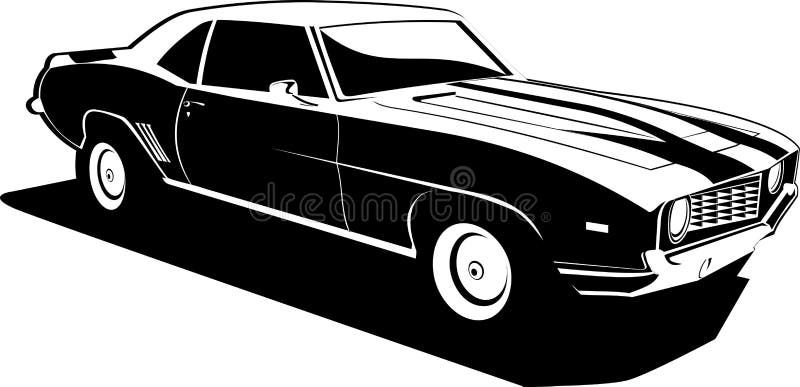
Additionally, newer Mac models can boot from USB devices too, including external hard drives or USB flash drives. Anything that shipped with OS X 10.7, 10.8, 10.9, will use one of these newer recovery methods, though they can continue to boot from a DVD if they have a SuperDrive or a DVD is attached through an external reader. Something to keep in mind is that newer Macs don’t have SuperDrives built-in at all, and instead rely on Recovery partitions or Internet Recovery. Of course, the CD or DVD must be bootable to begin with, whether that’s because it shipped with the Mac as a restore disc, or because you made your own boot DVD, either will work. If you want to reinstall Mac OS X from a DVD reinstall disc or run Disk Utility from a disc on your main boot drive, you’ll need to do use this boot disc method. If you added or replaced memory, make sure that it's properly installed. Three beeps, then a 5-second pause, repeating The memory in your Mac didn't pass an integrity check.

If you recently added or replaced memory, make sure that it's properly installed. Remember that booting from a CD or DVD is significantly slower than booting from a hard disk, so don’t worry if things are taking longer than usual to startup, it’s simply just slower to read from a spinning disc than the hard drive. One beep every 5 seconds Your Mac isn't detecting any memory (RAM). This tells the computer to load from the disc rather than from the internal hard drive. The critical part is next: on system boot hold down the C key as the Mac boots up. In order to boot your Mac from a disk in the CD / DVD drive, you’ll first want to insert disk into the drive, then you can either shut down the Mac, or reboot the Mac.

Be sure the disc to boot from is actually bootable, most system restore and installation discs are.


 0 kommentar(er)
0 kommentar(er)
